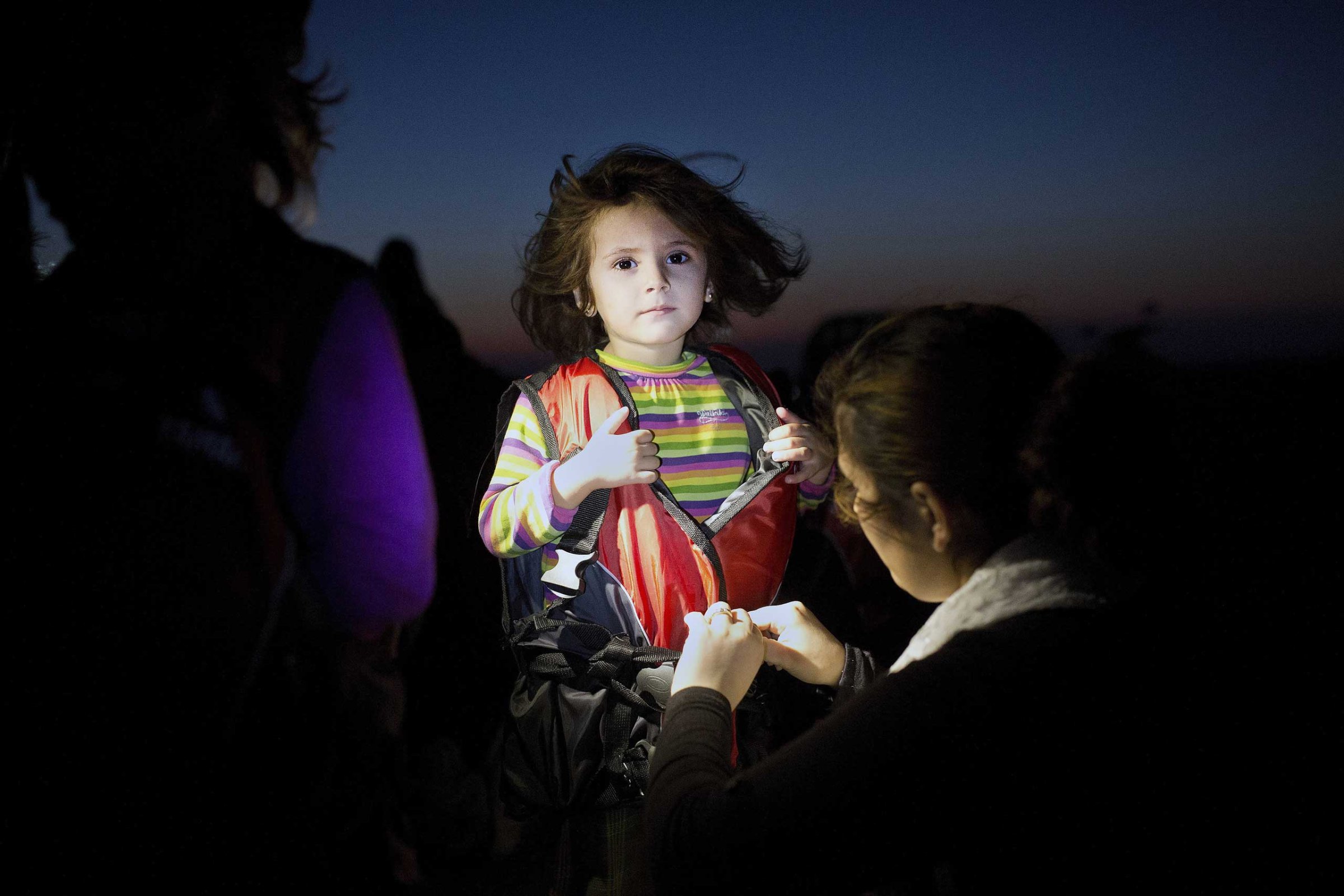
Wire photographers are at the forefront of the news. They’re the first ones on the scene, ready to drop everything in an instant when news breaks. When eight men unleashed a series of deadly terror attacks on Paris in the late hours of Nov. 13, the photographers working for Agence France-Presse, Associated Press and Reuters, among other wire services, sprang into action without hesitation.
Their names are often unknown – hidden in small print – but their photographs have reached audiences around the world, on the front pages of hundreds of newspapers and magazines.
For the last six years, TIME has turned the spotlight on the best of these photographers: Mauricio Lima in 2010, Pete Muller in 2011, Marco Longari in 2012, Muhammed Muheisen in 2013 and Bulent Kilic last year.
This year, the choice was a tough one, as many of the photographers listed above continued to do stellar work. Muheisen continued his work documenting the thousands of children who are forced to flee, often with their families but sometimes on their own, their devastated native Iraq and Syria. Kilic was again at the border between Syria and Turkey to photograph the plight of thousands of people as they escaped from the ruthless Islamic State. His images helped contextualize the wider migrant and refugee crisis that has dominated European headlines for months. Dan Kitwood of Getty Images also caught TIME’s attention, proving through his extensive work the versatility essential to wire photographers – in 2015 alone, Kitwood covered the refugee crisis in the Balkans, Battle of Waterloo reenactment ceremonies in Belgium, falconry in the United Arab Emirates, and the aftermath of the Charlie Hebdo attacks in Paris, among many other stories.
But in the end, it was 31-year-old Greek photographer and Agence France-Presse stringer Angelos Tzortzinis who clinched the 2015 Wire Photographer of the Year title for his heartfelt work documenting his country’s response to two unprecedented crises.
Tzortzinis was born in November 1984 in Egaleo, a poor neighborhood in Athens’ suburbs. That difficult experience, one enriched with the knowledge that nothing can be taken for granted, has informed his career. He had no aspirations to become a photographer, but was very focused on finding “a way out” of that life. In 2006, he joined the Leica Academy of Creative Photography in Athens, after which he realized that the camera could be that path.
“My goal is not to promote myself in photography,” he says. “Instead I want people to see my pictures and understand what they mean to me.”
Tzortzinis started collaborating with Agence France-Presse in 2007, while pursuing a career as a freelancer working on personal projects in Egypt, Libya, Turkey and Greece, as well as on assignment for the New York Times. Tzortzinis believes photography is not just about getting the shot. “A good photographer is not someone who takes nice photos,” he says. “It’s a much more complicated process. The photographer’s values and experiences form a large part of it and [seep through] into his or her photographs. That’s why I want to cover stories that affect my daily life and concern me, like the economic crisis in Greece and the refugee situation.”
For the last six years, the 31-year-old has focused on Greece’s economic crisis. “I’m interested because I’m part of it,” he says. “I’m not just a visitor. I live inside the problem and I feel it daily. I’m really confused and troubled by it, so I try to find answers to the questions I have through my photos.”
Tzortzinis readily admits that his closeness to the story can hinder the news-gathering process, but he fights with his beliefs to find the truth of what’s happening. The resulting photographs of the economic crisis, often shot at close range at protests, are powerful reminders of the true impact on everyday people of political decisions made in meeting rooms in Paris, Berlin and Brussels.
Now, Tzortzinis is focused on the migrant and refugee crisis, as Greece has become the main point of entry for hundreds of thousands of Syrian, Iraqis and Afghans looking for better lives. “This crisis has brought to mind memories from my childhood,” he says. “I grew up in a port neighborhood where dozens of Iraqi migrants had set up their homes. They lived in cramped basement apartments, often five or six in one room, usually in squalid conditions. We’d play basketball in the streets and do the usual things children of that age do, but I always wondered how these people ended up in Greece and what they had left behind – their families, their lives.”
When Tzortzinis saw images of dead bodies washing up on his country’s shores, he couldn’t help but think about the migrants’ dreams of a better future ending with something that would become “a mere two-minute news broadcast,” he says. So, in April, he decided to begin covering the story, even without an assignment. Since then, AFP has assigned him on multiple occasions in Kos and Lesbos, two Greek islands close to Turkey. Each time, Tzortzinis tries to balance the needs of a wire agency with his personal approach.
“My goal is not to be one more witness to this situation,” he says. “I try to keep as much distance as possible and show things people might not usually see. I want to make images that pose questions about the future of these people.”
Angelos Tzortzinis is a freelance photographer and a stringer with Agence France-Presse based in Greece. He is TIME’s Wire Photographer of 2015. Previous winners include Bulent Kilic in 2014, Muhammed Muheisen in 2013, Marco Longari in 2012, Pete Muller in 2011, and Mauricio Lima in 2010.
Mikko Takkunen, who edited this photo essay, is the International Photo Editor at TIME.com.
Olivier Laurent is the editor of TIME LightBox. Follow him on Twitter and Instagram @olivierclaurent
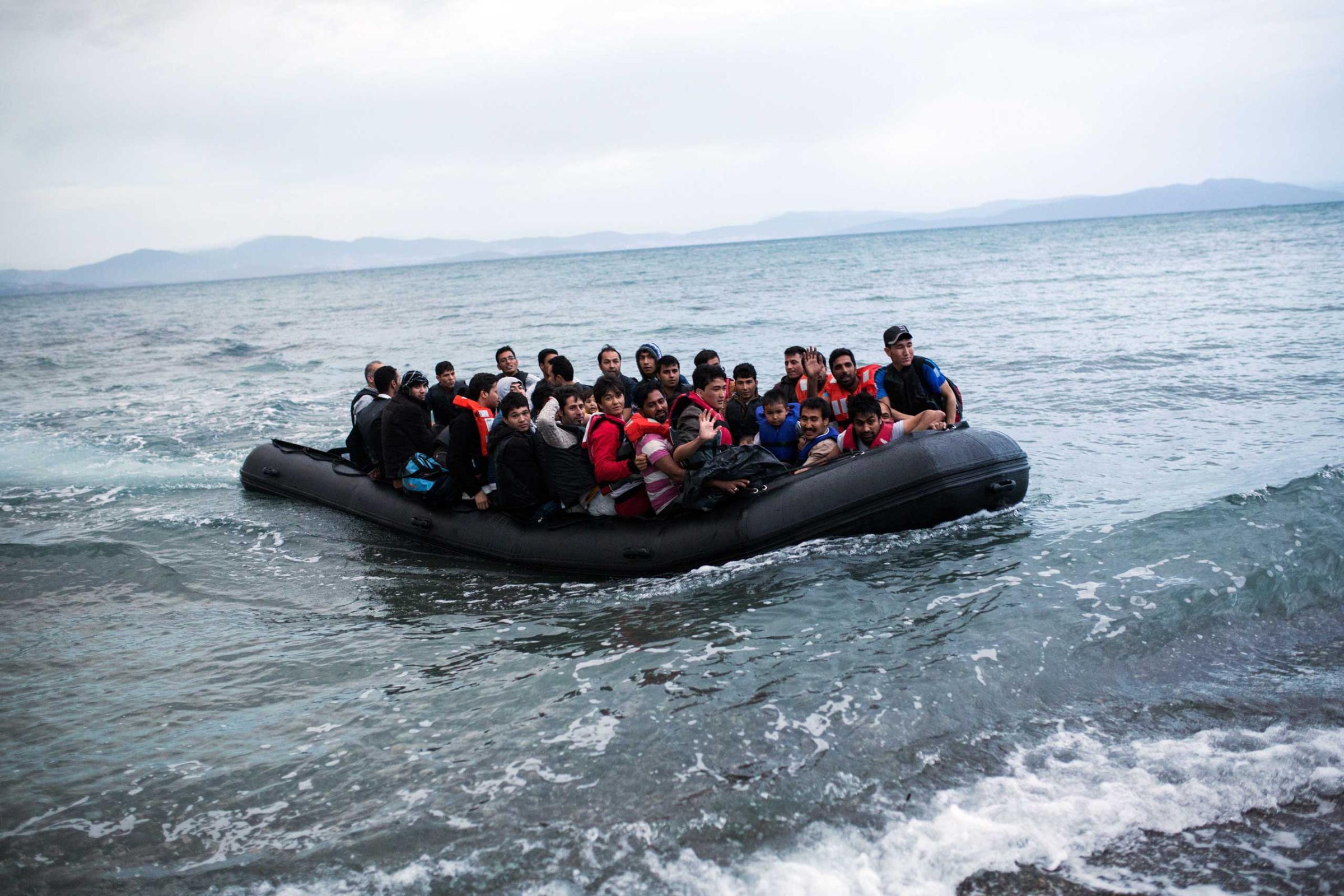


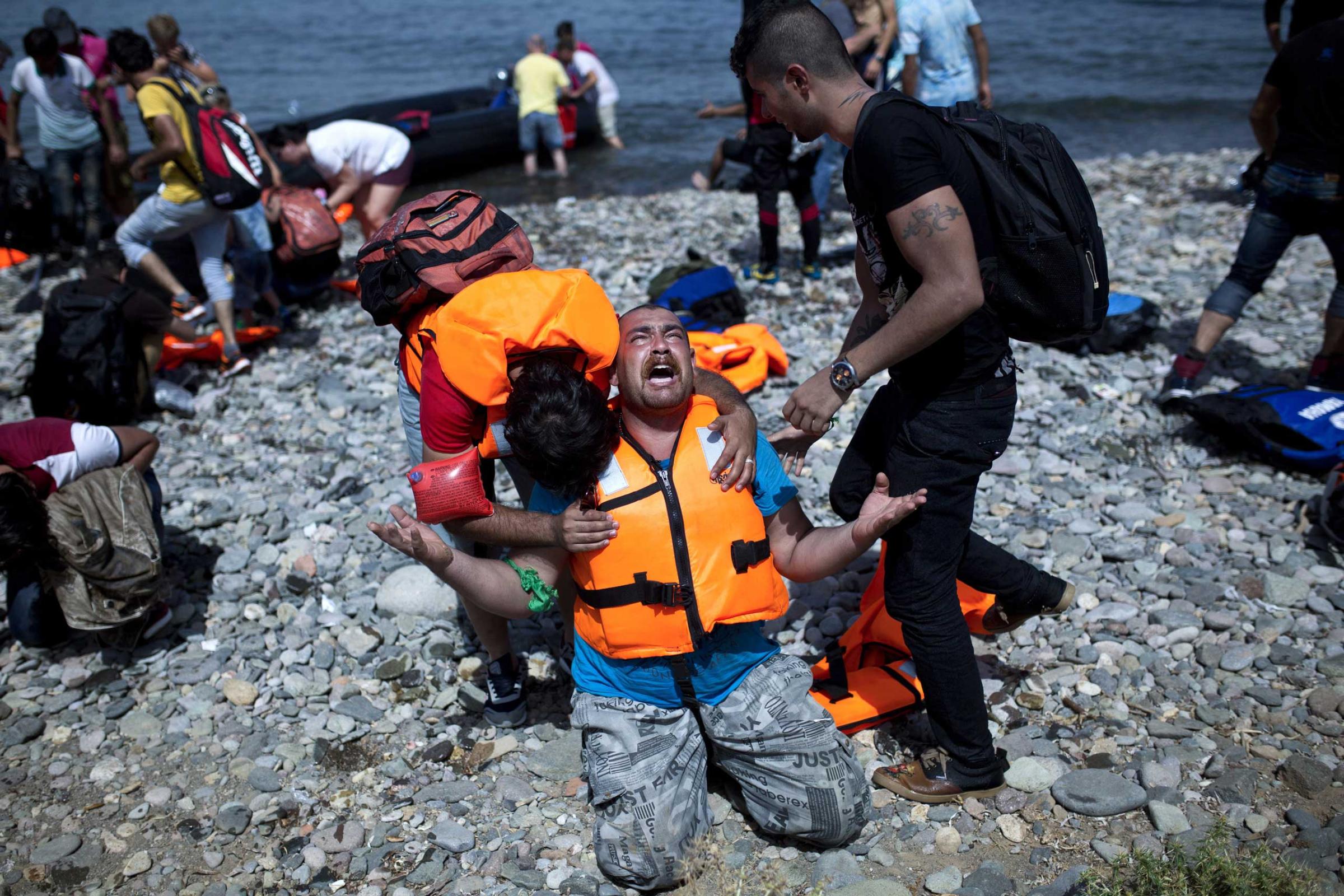
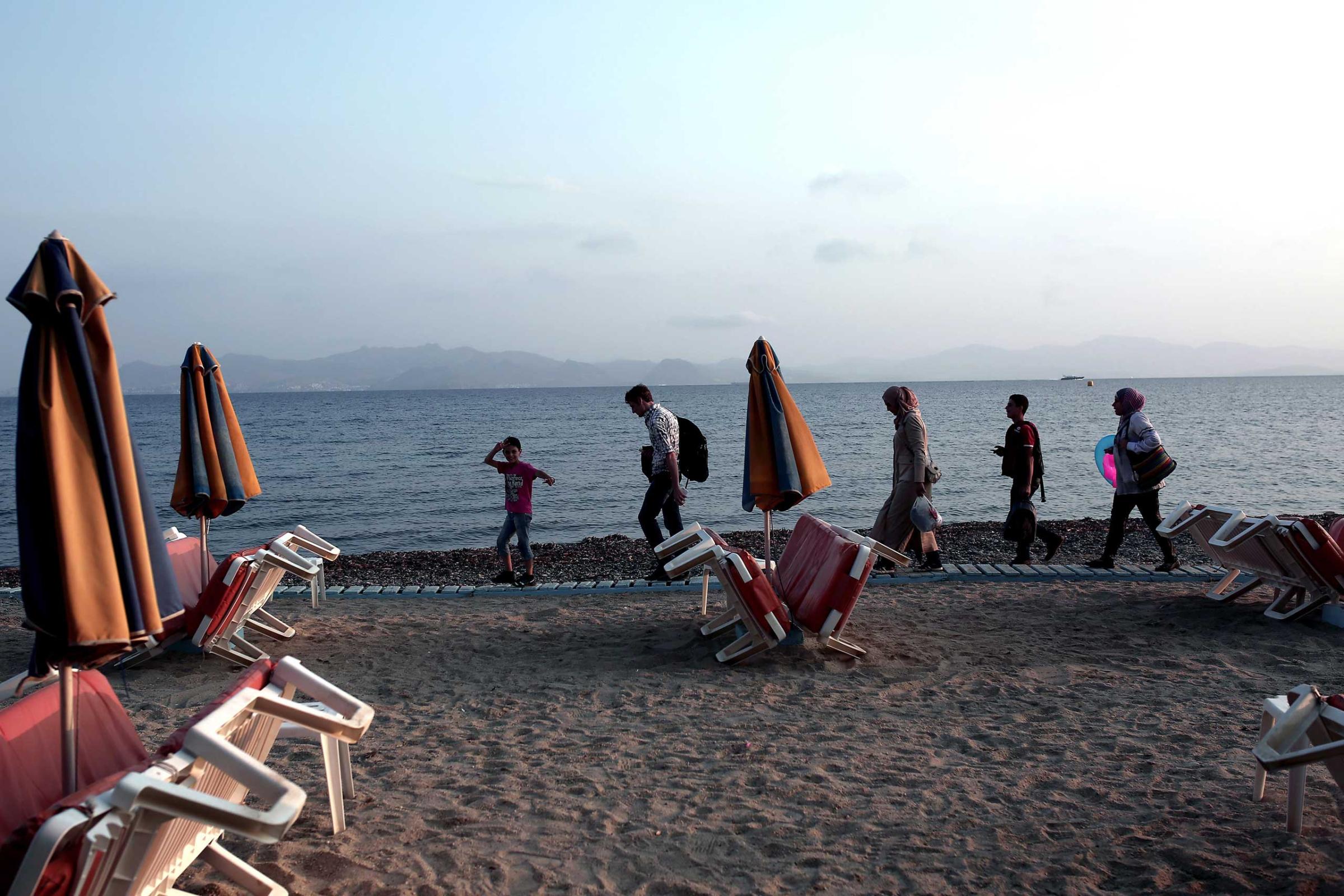
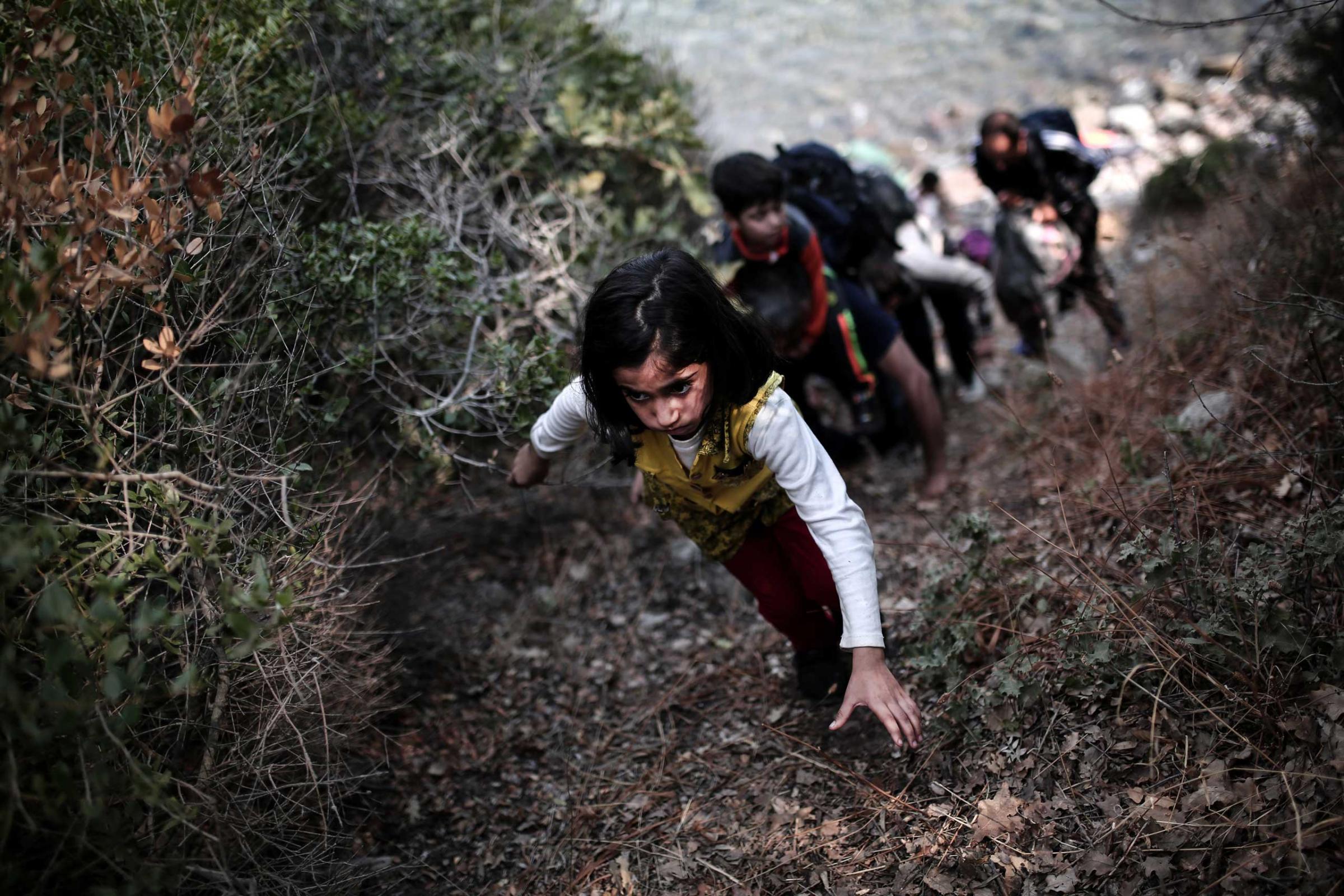
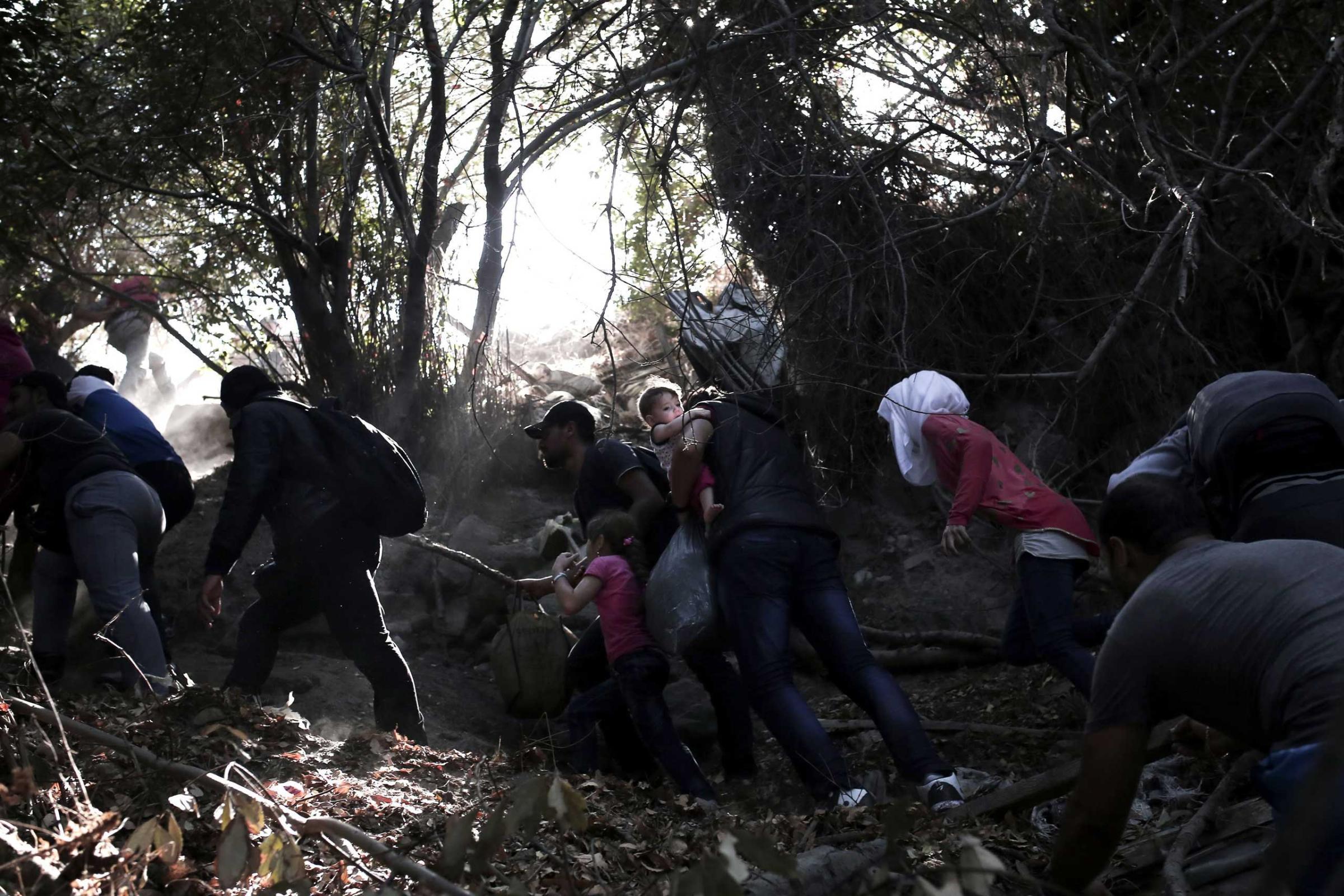
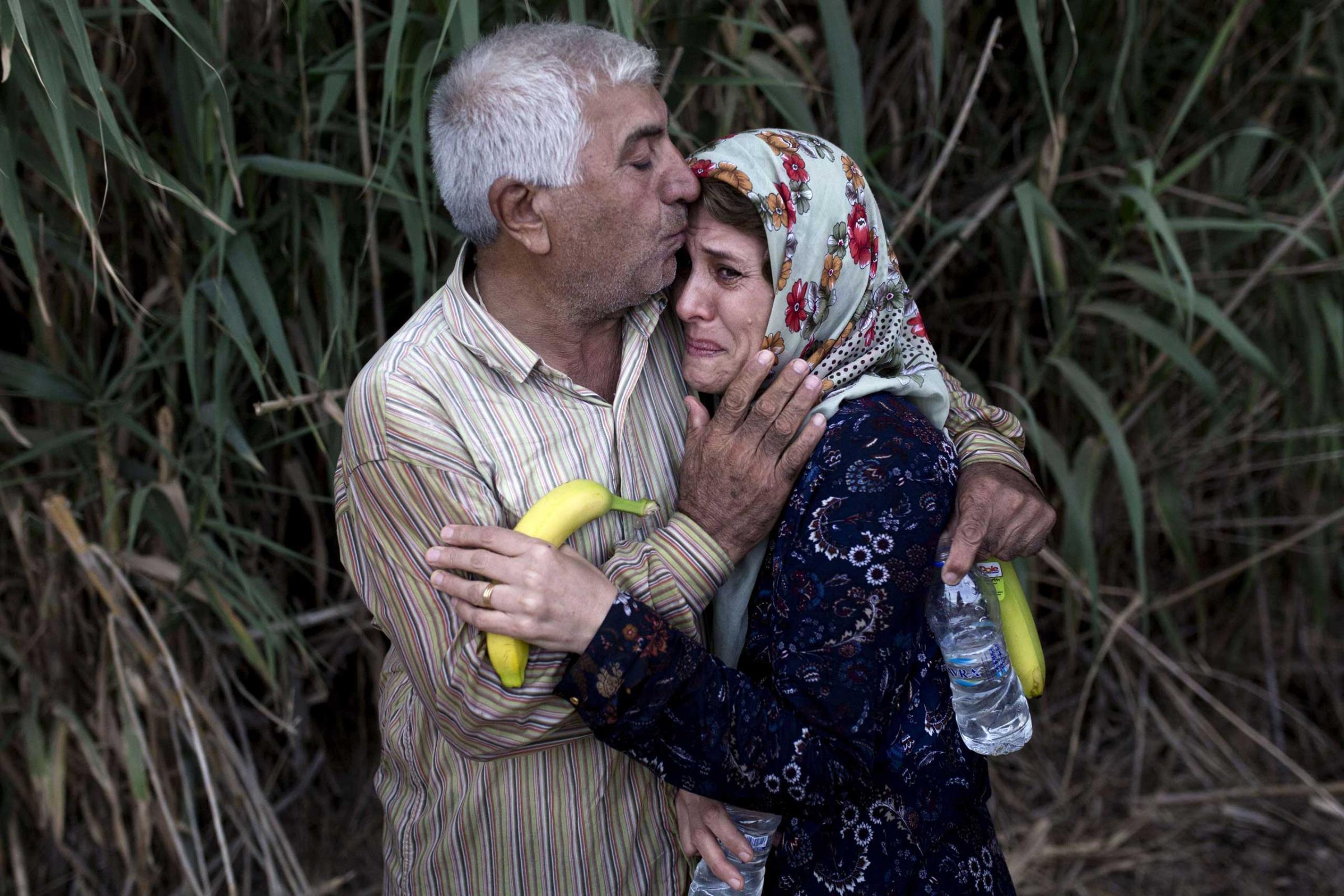
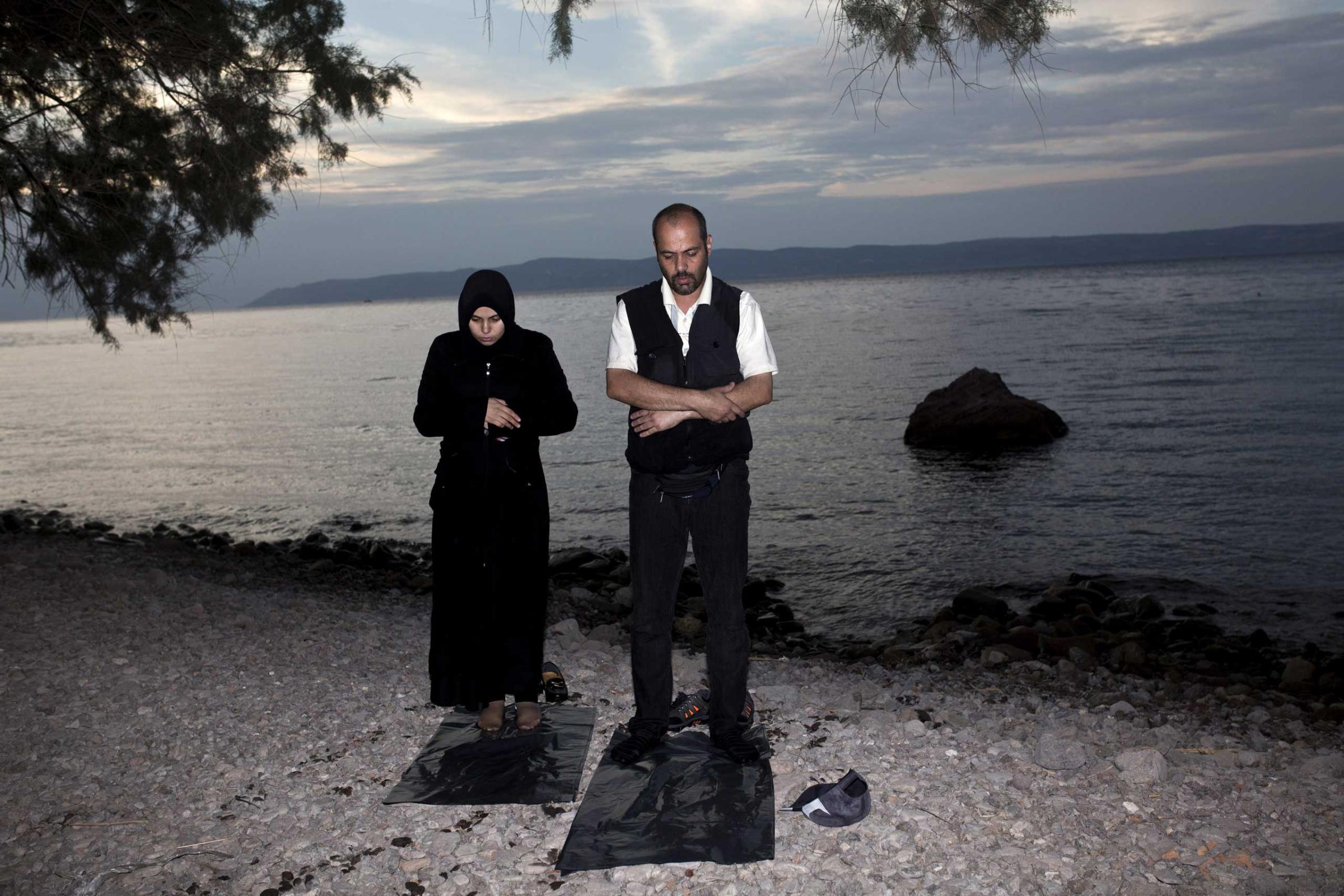



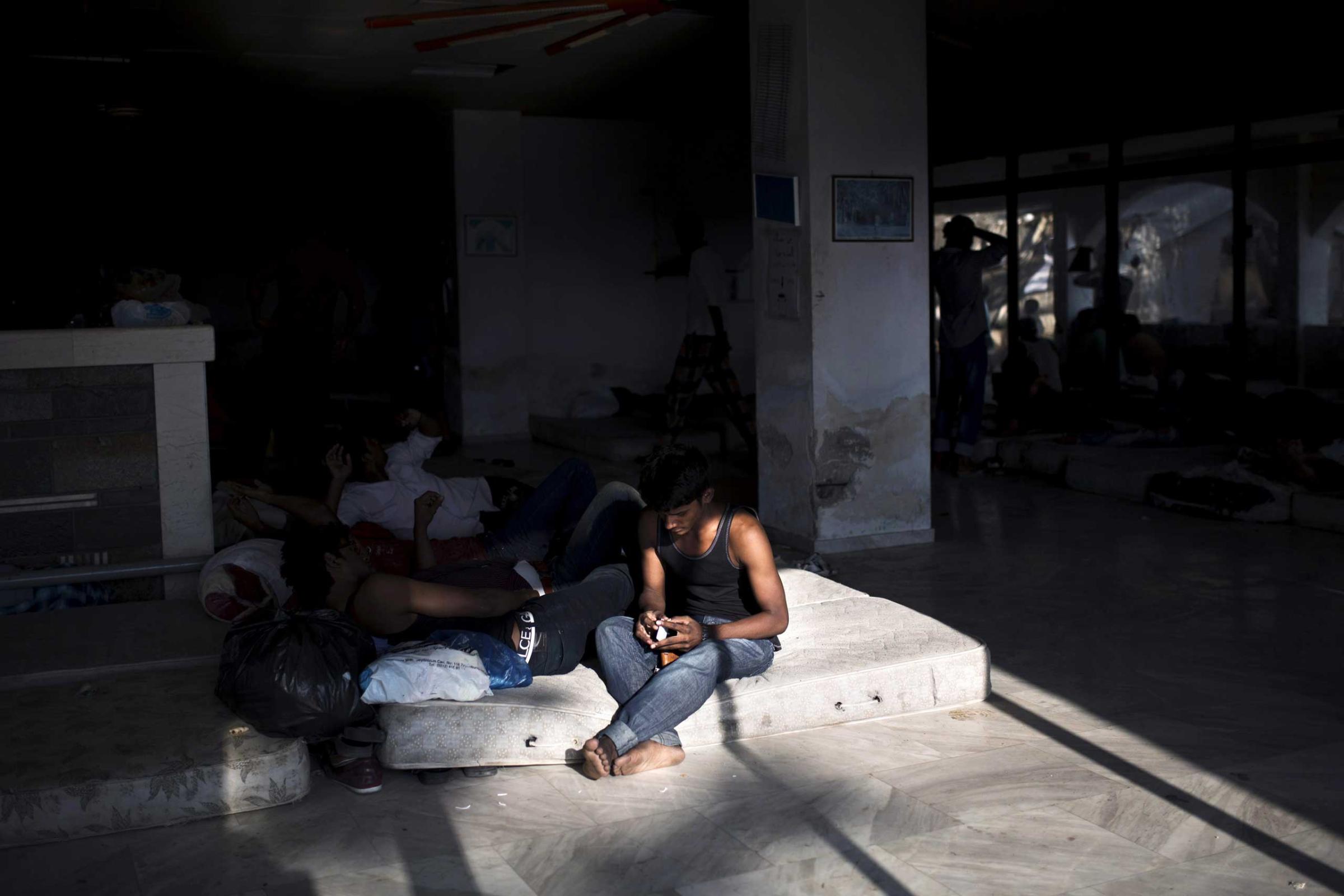



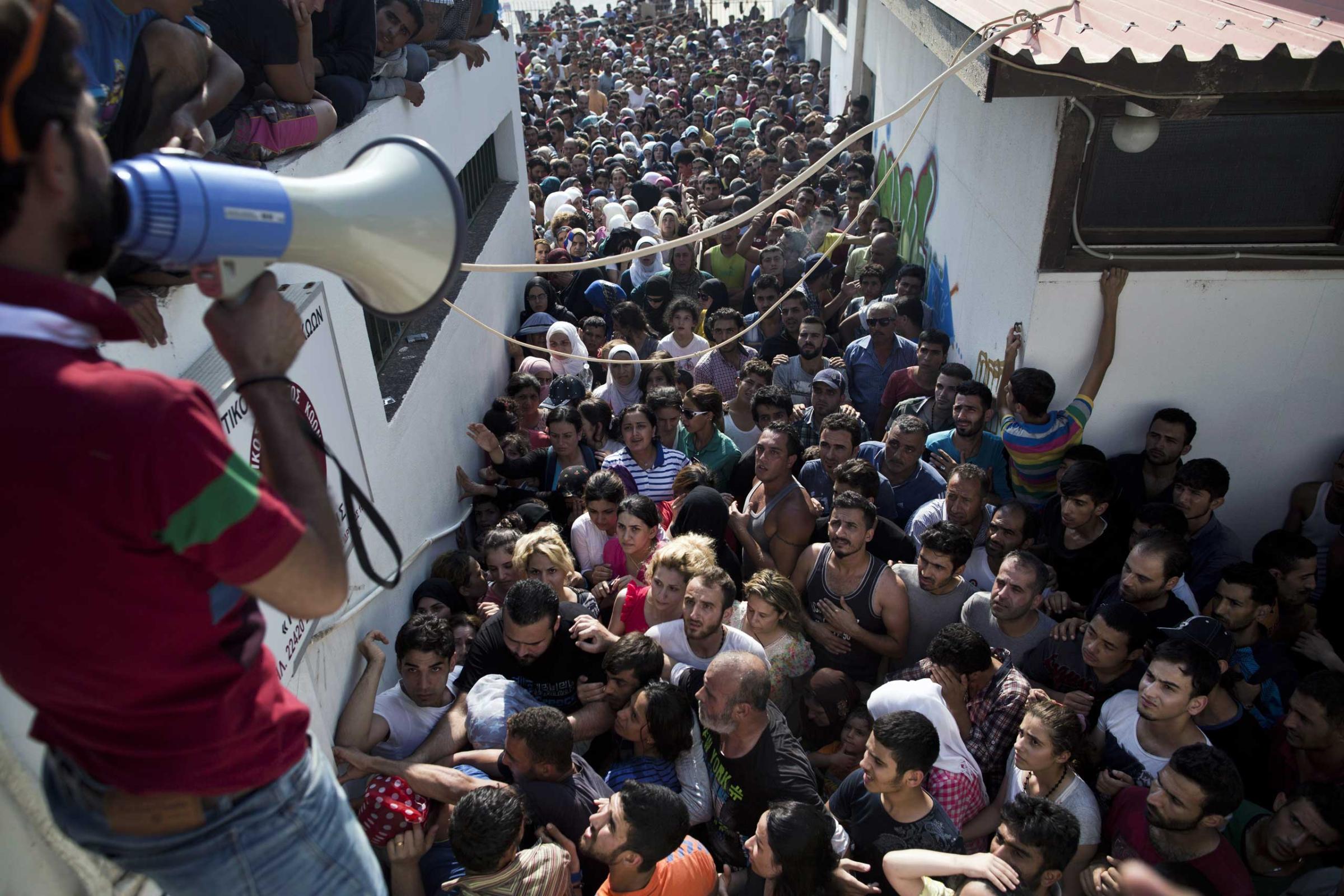


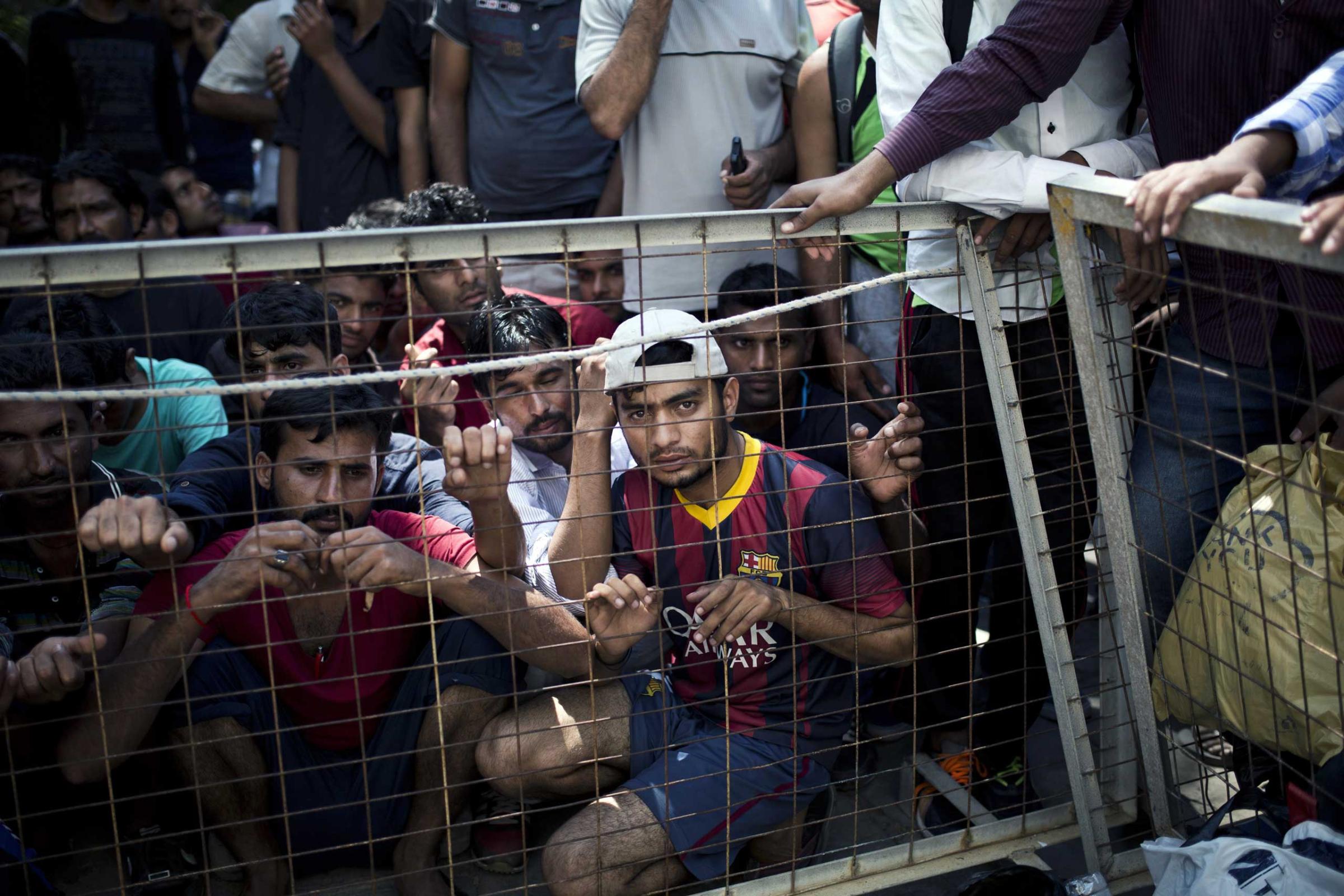


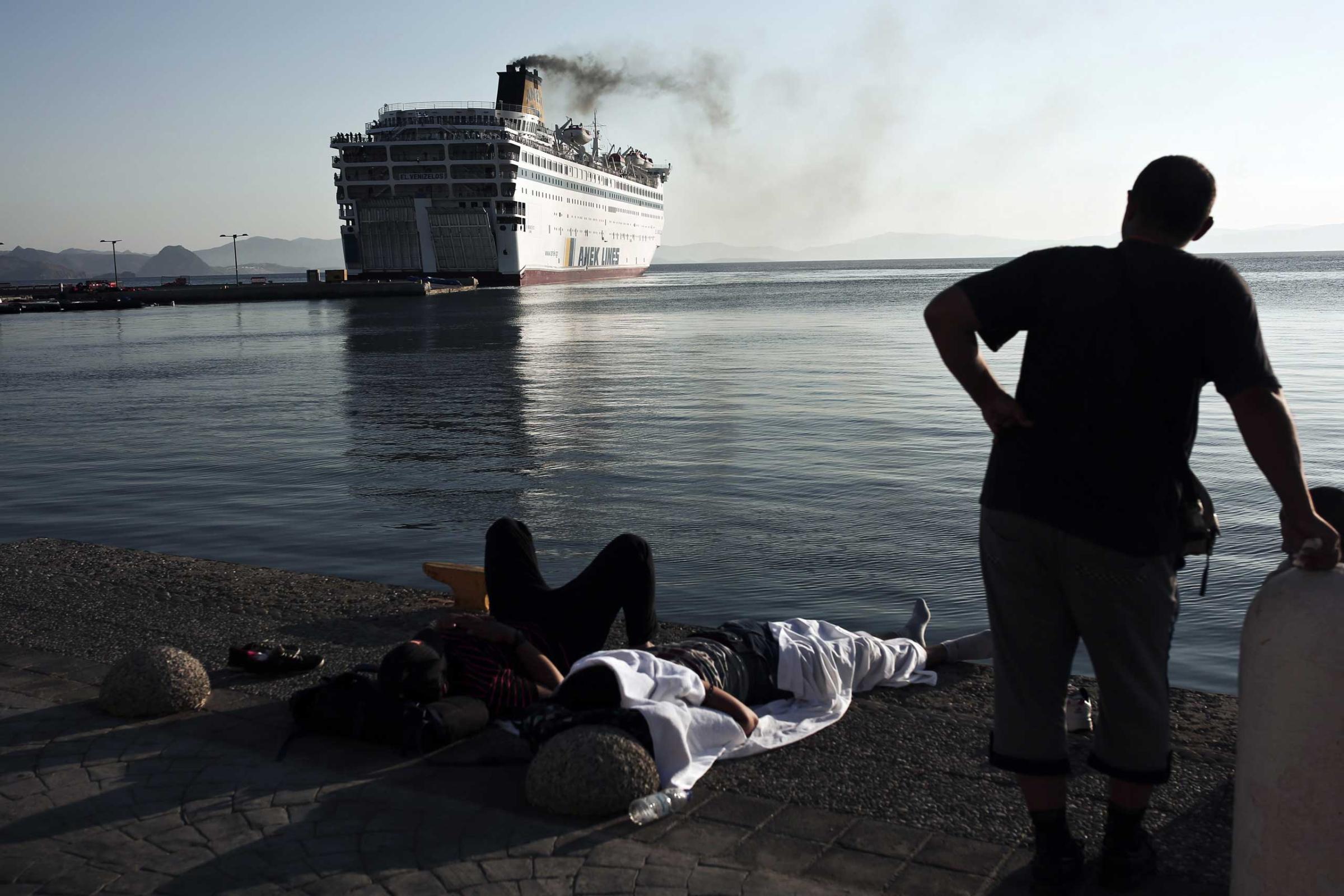

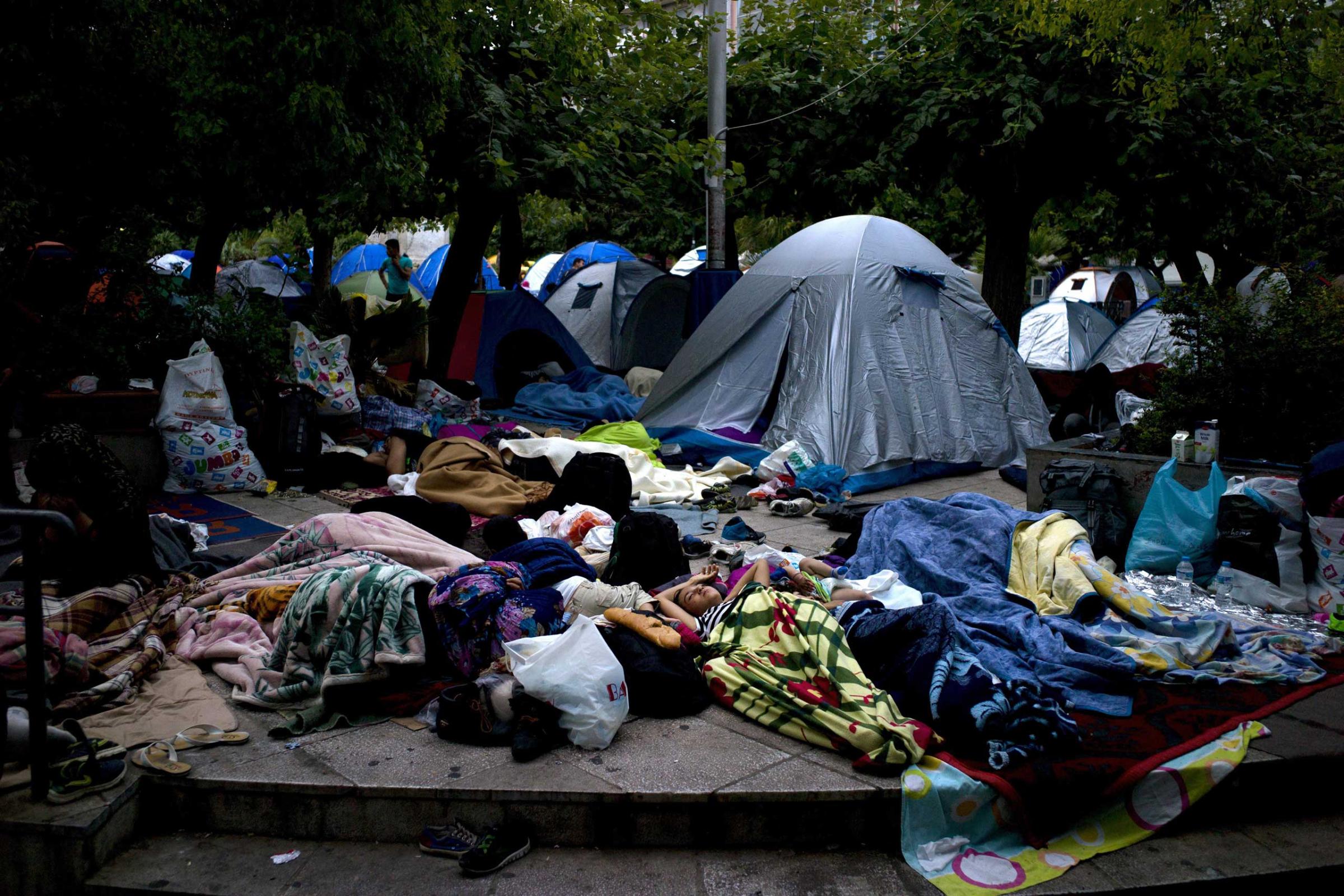


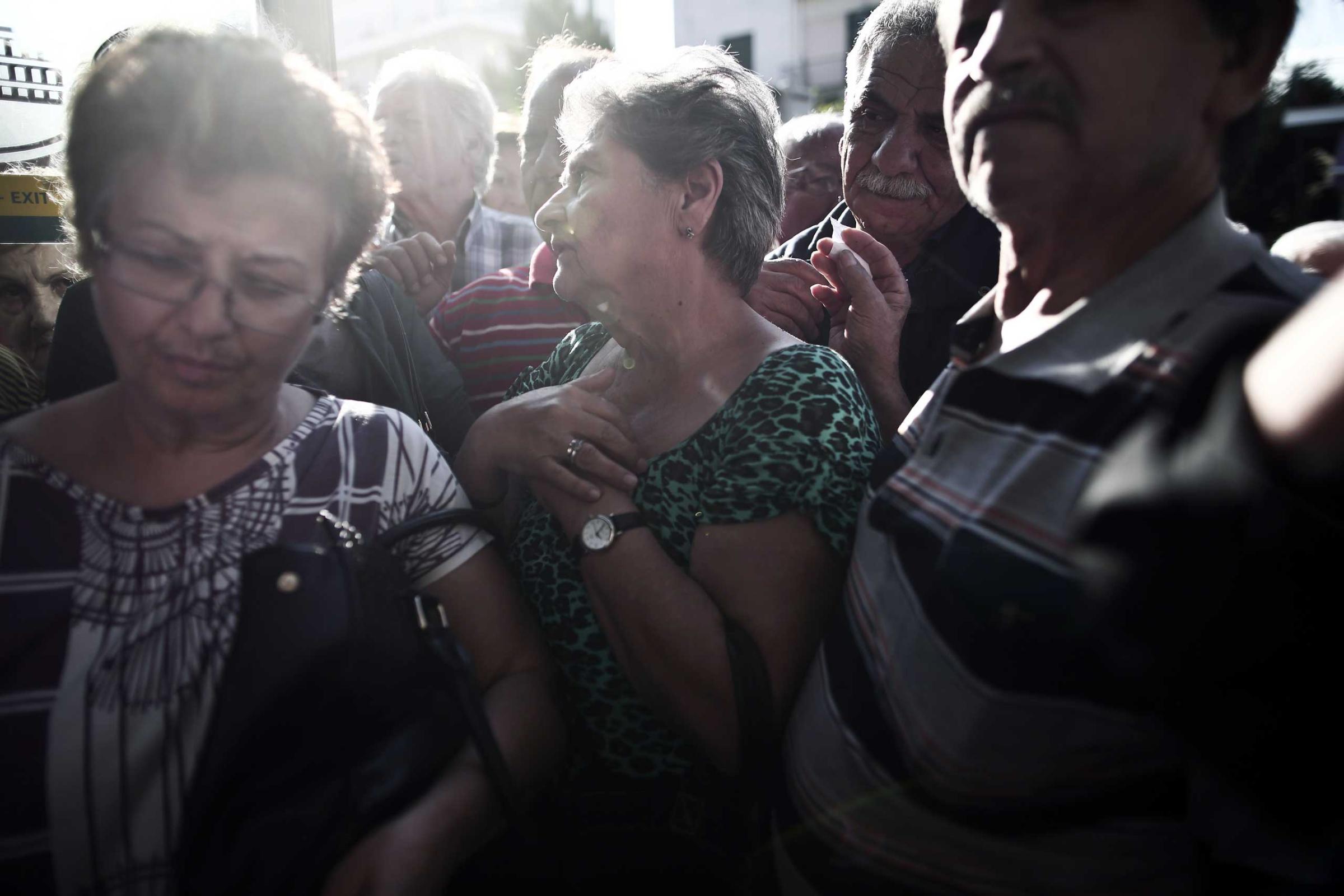
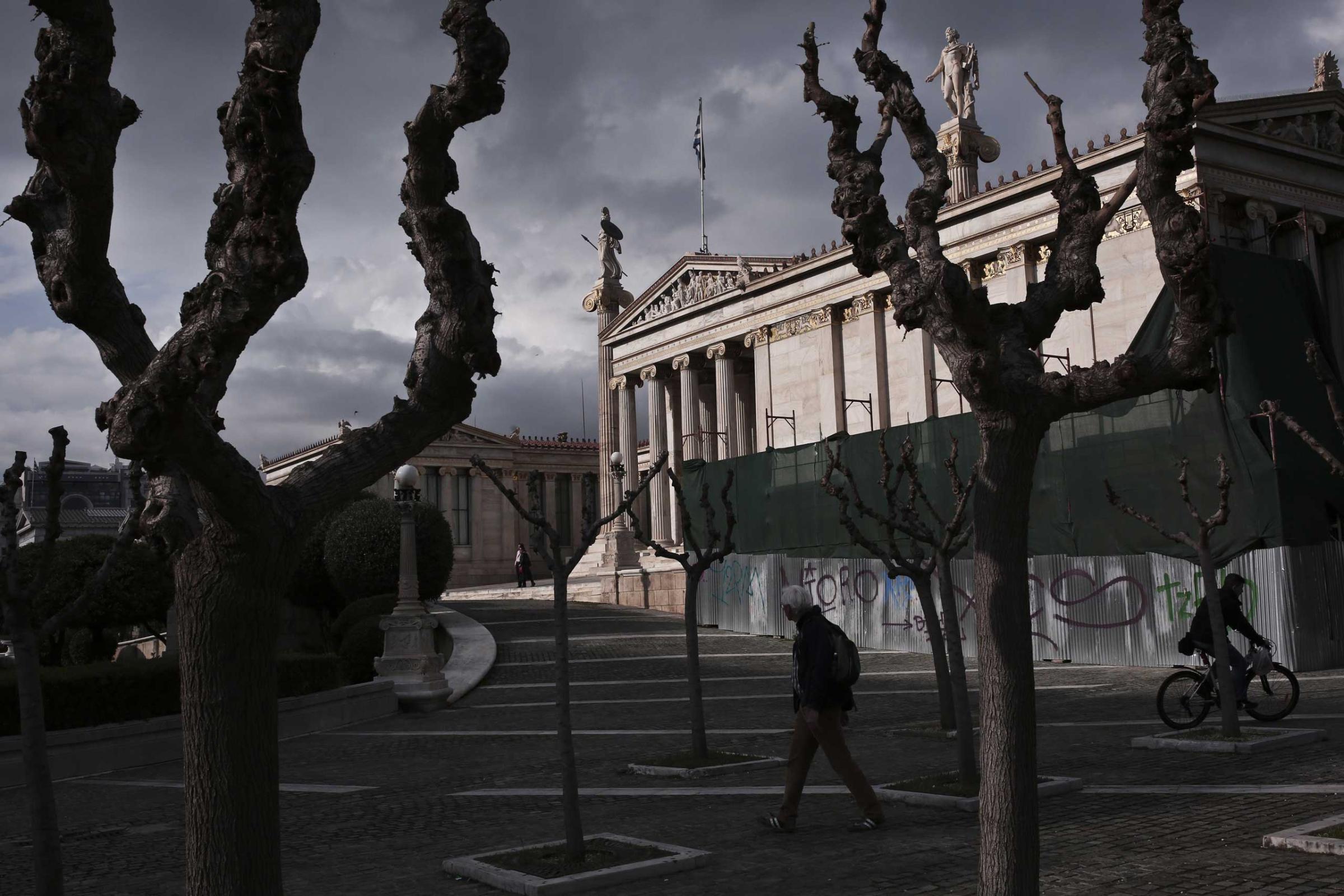
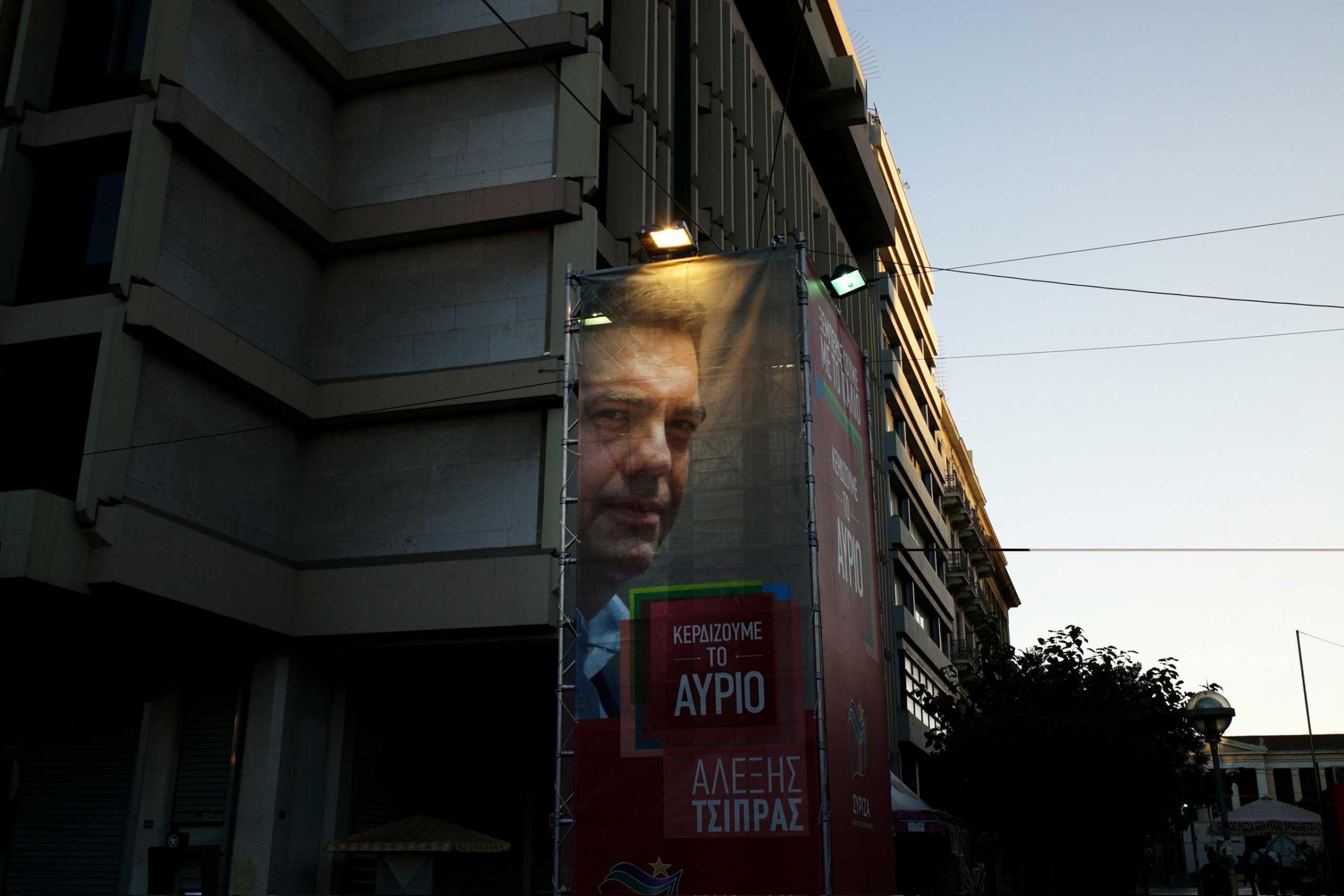
More Must-Reads from TIME
- Where Trump 2.0 Will Differ From 1.0
- How Elon Musk Became a Kingmaker
- The Power—And Limits—of Peer Support
- The 100 Must-Read Books of 2024
- Column: If Optimism Feels Ridiculous Now, Try Hope
- The Future of Climate Action Is Trade Policy
- FX’s Say Nothing Is the Must-Watch Political Thriller of 2024
- Merle Bombardieri Is Helping People Make the Baby Decision
Contact us at letters@time.com